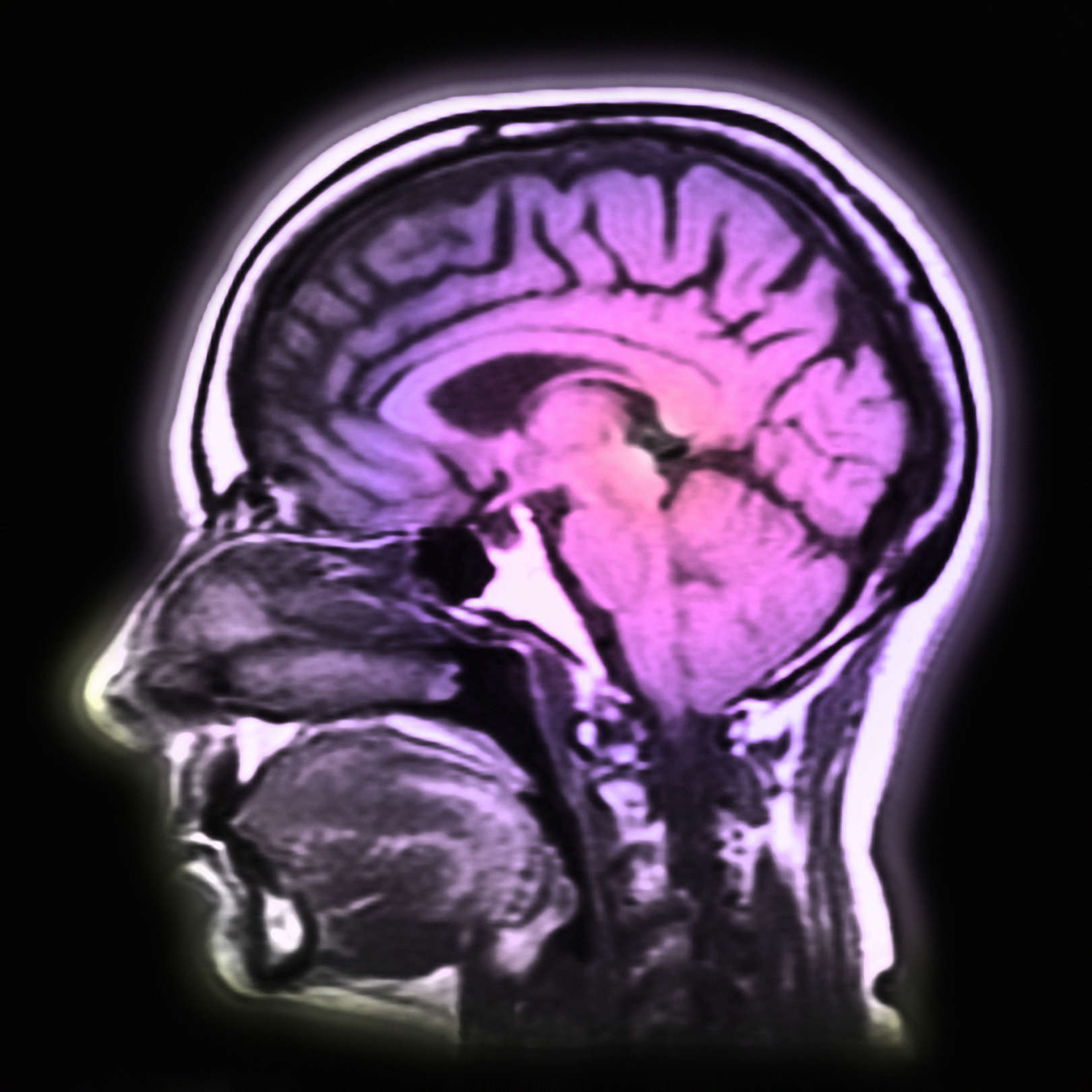INESC TEC researcher develops programme that predicts neurotoxicity of substances
An international research team has conducted a study where the goal was to use organoids created from stem cells, capable of emulating the complexity of the human nervous system, in order to identify the neurotoxicity of several substances. One of the team members is Vítor Santos Costa, researcher at INESC TEC’s Centre for Advanced Computing Systems (CRACS).
02nd October 2015
The researcher, who works in the areas of logic programming, machine learning and bioinformatics and is the only Portuguese member in the team, has helped create a computer program that makes it possible to analyse the genetic activity of an organoid after it is submitted to a substance, and to analyse whether that substance is neurotoxic or not.
In order to test this system, the scientists applied ten substances to the organoids, five of which were neurotoxic. After reading the results of genetic activity in the organoids, the program classified correctly nine out of ten substance in terms of their neurotoxic effect.
This work is particularly important because we interact with several artificial substances every day, such as medicines, pollutants or food additives. The adverse effects of these substances are normally tested in animals, and afterwards in trials with humans, a process that is costly and presents some limitations.
The research team is led by Michael Schwartz, of the University of Wisconsin-Madison, in the United States. The study has been recently published in the journal Proceedings of the National Academy of Sciences.
The INESC TEC researcher mentioned in this article is associated with the following partner institutions: UP-FCUP.
INESC TEC, September 2015


